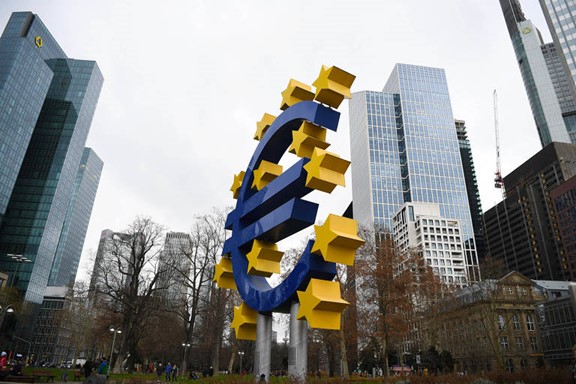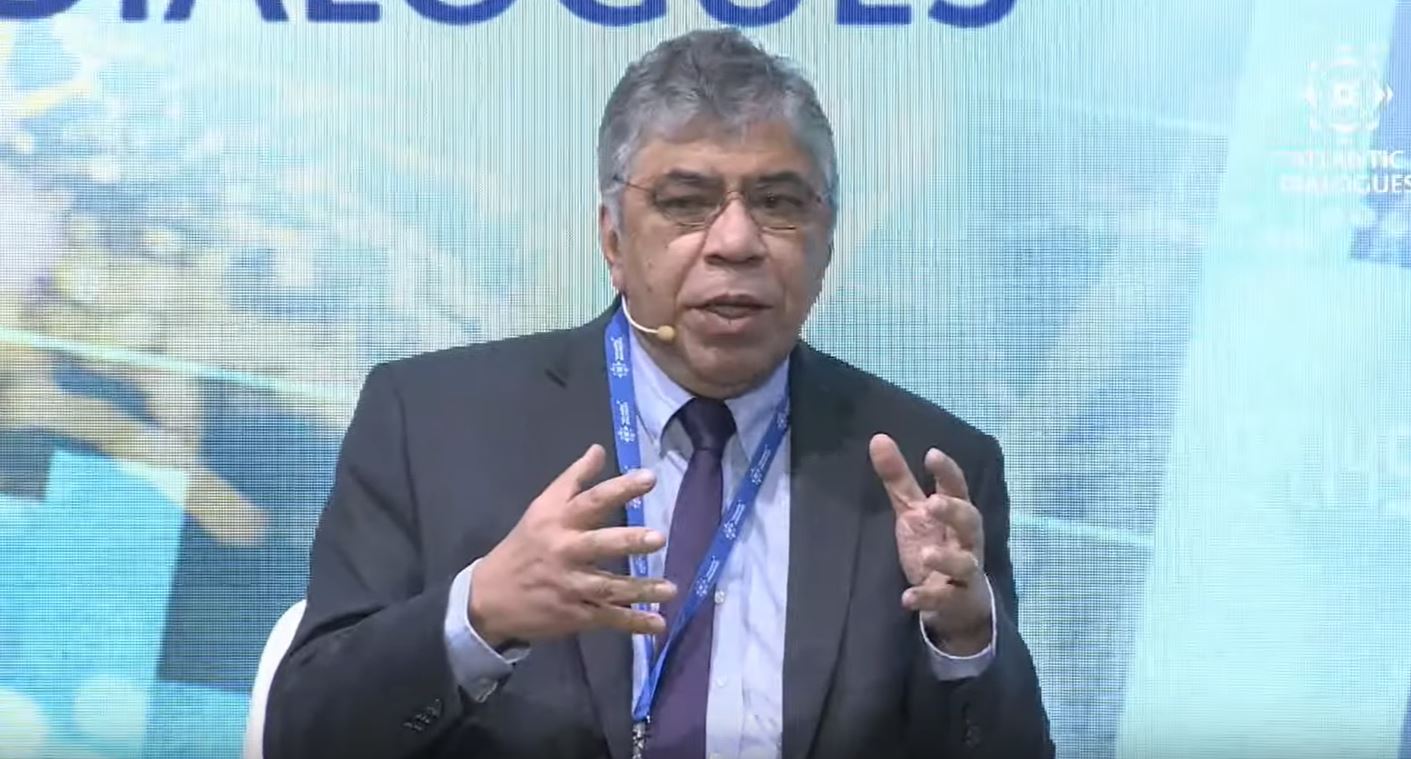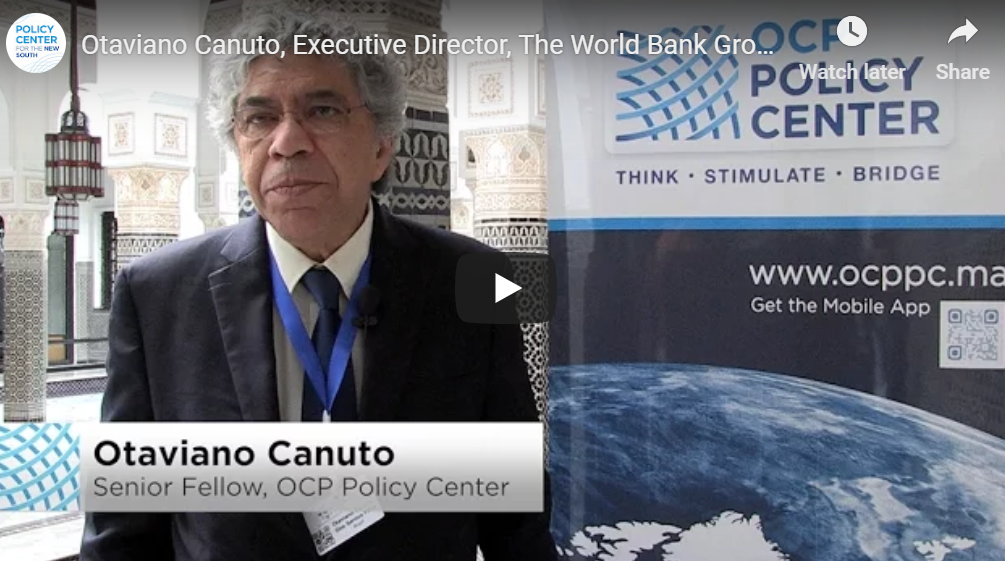Central Banks and Inequality
As in the period after the 2007-08 global financial crisis, voices have been raised talking about monetary policy and central banks as drivers of income and wealth inequality. The unconventional policies of “quantitative easing” protect the holders of financial assets and value their properties, while workers cross a rough patch on the real side of the economy. Financial markets have disconnected from hardships in the street of commons, with the help of the policies of monetary authorities. Does it make sense to assign an impact of concentration of income and wealth to central bankers' policies? It's complicated...














